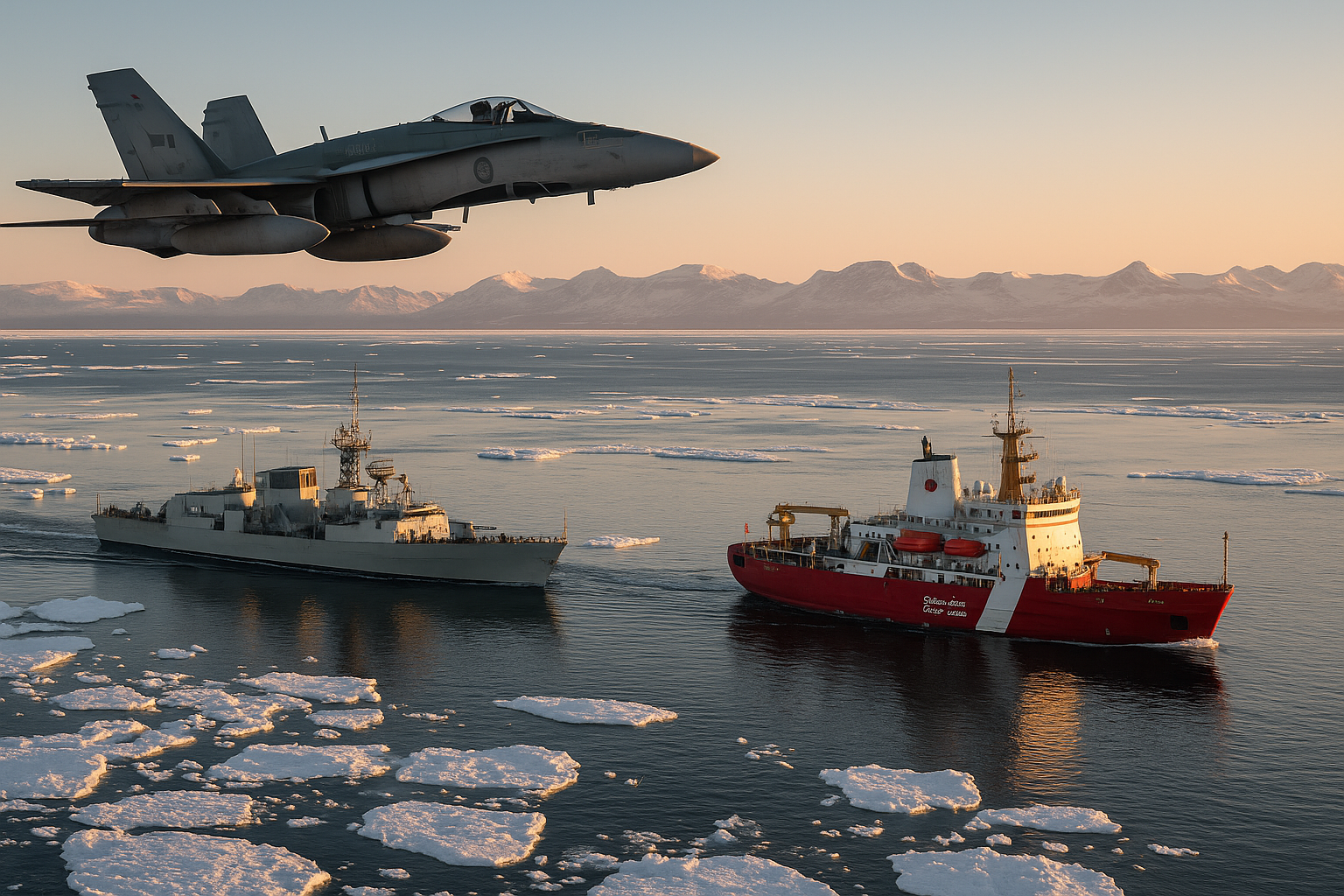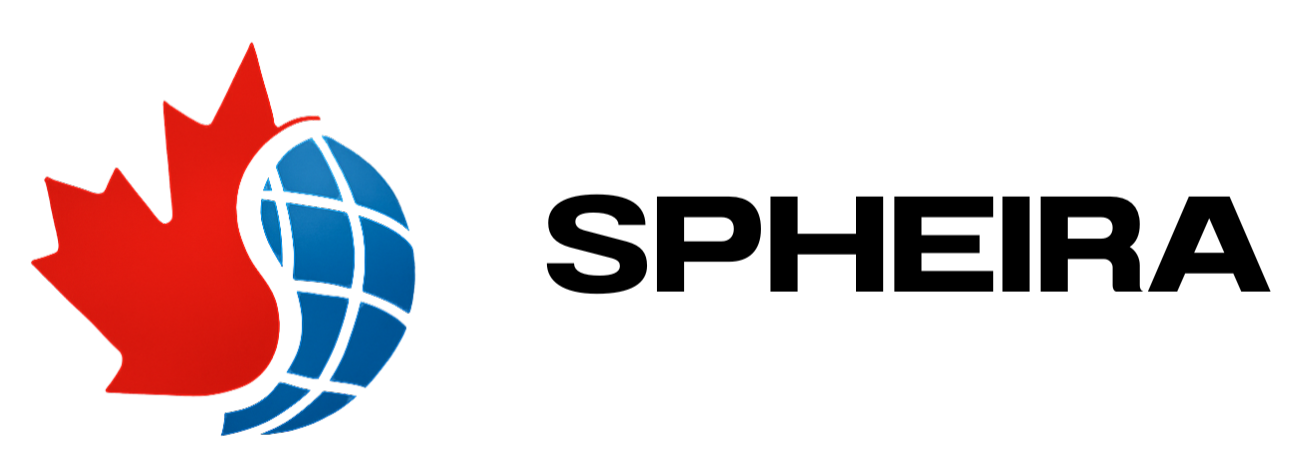Beyond the Headlines: Gaps and Realities in Canada’s Military Conversation

Symbolic Strength: A unified display of Canadian military and maritime forces patrolling Arctic waters under golden twilight.
The National Post’s recent feature on the state of Canada’s military shines a needed light on longstanding issues in defence readiness. But beneath the headlines lies a broader set of systemic gaps and overlooked challenges that deserve equal scrutiny.
Introduction: A Growing Spotlight on Canada’s Defence Posture
Canada’s military is once again in the national spotlight, driven by deteriorating global security conditions, Arctic sovereignty questions, and NATO expectations. The National Post’s detailed exposé reflects growing public concern. Yet, as is often the case in narratives shaped by political cycles and media urgency, certain aspects were underexplored—particularly those tied to interdepartmental integration, procurement culture, institutional knowledge loss, and non-traditional security roles.
This article offers a balanced critique and supplement to that discussion. It does not seek to discredit the original reporting, but to add further context and reality checks for Canadians looking to understand the full scope of the country’s defence posture.
1. Procurement Paralysis: Culture, Not Just Bureaucracy
The National Post correctly highlights Canada’s glacial procurement timelines—but the article underplays cultural factors that sustain the problem.
-
Canada’s risk-averse approach to procurement is not merely bureaucratic; it’s institutional. Program authorities are often more concerned with avoiding political fallout than enabling operational excellence.
-
There’s a systemic under-reliance on trusted rapid procurement mechanisms, such as Urgent Operational Requirements (UORs) or modular off-the-shelf solutions used by allies like the UK and Australia.
-
The “Made in Canada” approach often comes at the cost of readiness. This policy, while politically popular, delays capability delivery and introduces unnecessary complexity.
Reality check: Procurement reform will not be solved solely by streamlining. It requires a cultural shift toward agility, frontline-informed requirements, et commercial pragmatism.
2. Interagency Blind Spots: Security Is Not a CAF-Only Mission
The article treats national defence as the sole responsibility of the Canadian Armed Forces (CAF). But modern security challenges—cyber warfare, grey-zone threats, Arctic sovereignty—require a whole-of-government approach.
What’s missing:
-
The Canadian Coast Guard (CCG), RCMP, CSIS, and CBSA play pivotal roles in maritime and border security, yet are chronically underfunded or omitted from national defence discussions.
-
Civilian agencies have overlapping jurisdiction with CAF, especially in northern operations, yet interdepartmental training, planning, and interoperability remain fragmented.
-
Canada lacks a Maritime Security Strategy that harmonizes defence and civilian assets, leaving gaps in domain awareness and rapid response.
Reality check: Without integrated planning across departments, even a well-funded military will face capability blind spots in protecting Canadian sovereignty.
3. Human Capital Drain: Not Just Recruitment—Retention and Institutional Memory
The article discusses recruitment shortfalls but fails to explore the structural exodus of mid-career expertise:
-
Highly skilled officers and NCOs are leaving due to burnout, limited career progression, and a disconnect between operational demands and administrative burdens.
-
The CAF’s “one-size-fits-all” career management system does not align with the evolving needs of a modern military workforce, especially among technical specialists and dual-career families.
-
This brain drain also impacts Canada’s ability to lead multinational coalitions or offer deployable strategic planners, diminishing influence in NATO and UN operations.
Reality check: Recruitment slogans can fill the front door, but without deep reform in retention, Canada will continue hemorrhaging hard-won institutional knowledge.
4. The Reserves and Civil Preparedness: An Untapped National Asset
The reserve force is mentioned in passing, yet it represents one of Canada’s most underutilized national assets:
-
In contrast to countries like Norway or Finland, Canada does not leverage its reserve force for civil resilience, such as natural disaster response, cyber emergencies, or critical infrastructure protection.
-
Incentives for reserve service remain outdated. With many reservists juggling civilian careers, the administrative and training model often penalizes, rather than supports, flexibility.
-
There is a lack of investment in training integration between reserves, regular forces, and civilian emergency services.
Reality check: Reserves should be seen as a strategic tool for national resilience, not just a backup for warfighting.
5. Diplomacy and Development: The Security Trifecta
Absent from the conversation is how diplomatic and development tools underpin national security:
-
Global Affairs Canada (GAC) plays a quiet but critical role in building partnerships that enable defence access and multilateral operations.
-
Canadian-funded capacity-building programs in Africa, Latin America, and the Indo-Pacific often preempt crises that would otherwise demand a military response.
-
These efforts are frequently mischaracterized as “soft power” and cut during budget constraints, despite their clear strategic return on investment.
Reality check: Defence without diplomacy or development is a three-legged stool missing two legs.
6. The Cyber and Space Dimensions: Security Frontiers Ignored
While the National Post article mentions modernization, it fails to detail Canada’s lag in cyber resilience and space domain awareness:
-
Canada has no equivalent to U.S. Cyber Command or UK’s National Cyber Force with robust offensive and defensive capabilities.
-
Critical infrastructure—including satellites, ports, and undersea cables—remain vulnerable to both state and non-state actors.
-
Canada is a member of the Five Eyes, yet lacks a dedicated space command or the capacity to independently monitor and defend space assets.
Reality check: In the 21st century, cyber and space are not abstract domains—they are battlegrounds.
Conclusion: Reframing Defence as National Resilience
The National Post raises vital concerns. But to truly assess the state of Canada’s military, the conversation must go beyond jets, ships, and recruitment figures. It must include:
-
Cultural reform in procurement
-
Whole-of-government security coordination
-
Retention of talent and institutional expertise
-
Reserve force modernization
-
Integration of diplomacy and development
-
Preparedness in cyber and space domains
Without addressing these interconnected elements, even substantial defence spending will yield a brittle force—ill-equipped to face the complexity of today’s threats.
Sources and References
-
Office of the Auditor General – Report on Military Recruitment and Retention
-
Global Affairs Canada – Peace and Stabilization Operations Program
-
Parliamentary Budget Officer – Military Capital Spending Report
- https://nationalpost.com/feature/state-of-canadas-military
Remarque : Cet article a été créé avec l'aide de l'IA générative, à partir de connaissances et de cadres de contenu vérifiés. Il est susceptible d'être mis à jour à mesure que de nouvelles informations sont disponibles.


 © 2025 Spheira Media. All rights reserved. Licensed for editorial use in association with articles on Canadian foreign policy and international development.
© 2025 Spheira Media. All rights reserved. Licensed for editorial use in association with articles on Canadian foreign policy and international development.
Leave a Reply
Want to join the discussion?Feel free to contribute!